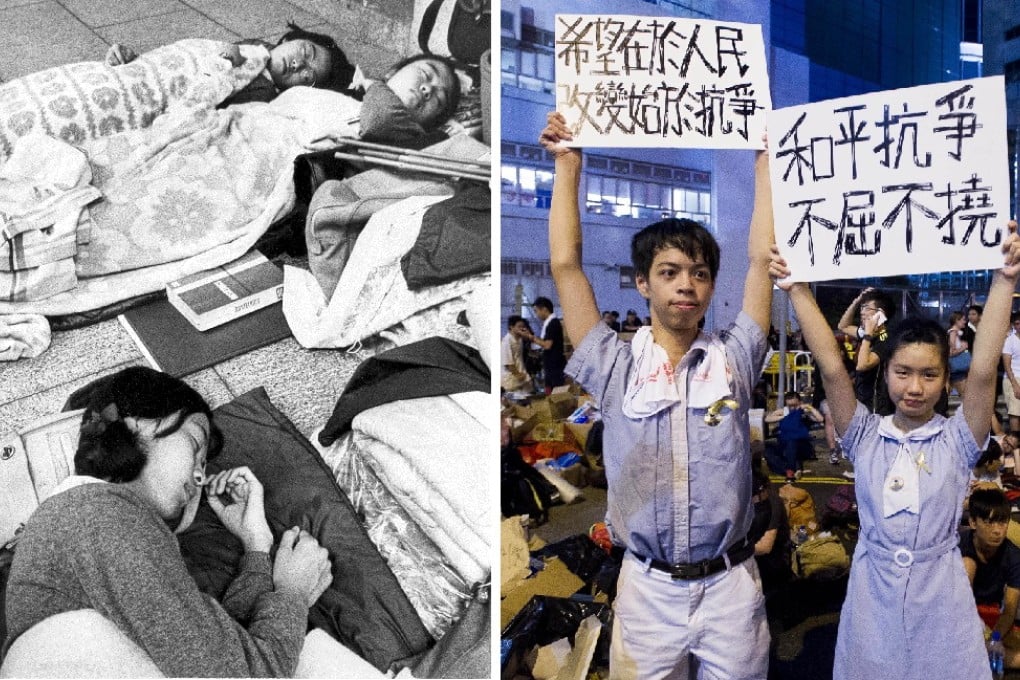The Hongcouver | How Hong Kong's history helps explain the Umbrella Movement and Vancouver’s activist evangelicals
Striking similarities between two Hong Kong eruptions, separated by 36 years, can illustrate a historical and religious context to the Umbrella Movement.

School children protesting on the streets of Hong Kong in a mismatched showdown with the powers-that-be. Sit-ins, hand-drawn banners, and appeals to human rights and dignity.
But this isn’t the Umbrella Movement, 2014. It’s the Golden Jubilee Incident, 1978.
The striking similarities between the two Hong Kong eruptions, separated by 36 years, were used last week by Dr Justin Tse to illustrate a talk at UBC’s Regent College in which he presented historical and religious context to 2014’s Umbrella Movement.

And history, Tse argued, helps shed light on aspects of Vancouver’s public arena too, especially those parts involving Chinese Christians.
Much has already been made of the evangelical Christian connections that permeate the 2014 protests. From Joshua Wong Chi-fung to Benny Tai Yiu-ting, evangelical Christians have been at the forefront.
